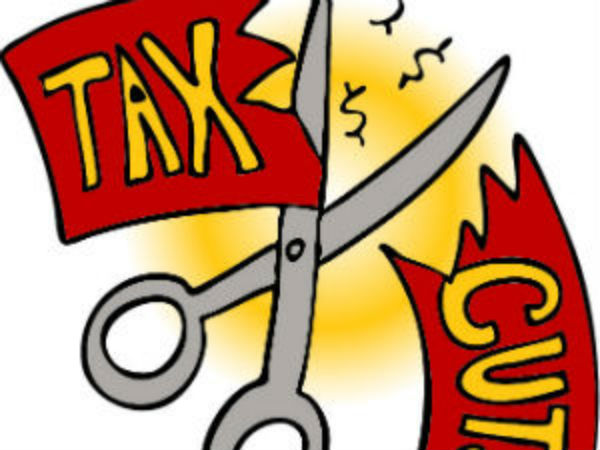What Will Cost More? What Will Be Cheaper After GST?
The goods and services tax (GST) is expected to reduce prices by eliminating multiple levies, but could some goods become costlier?
Foodgrains and common-use products like hair oil, soaps and toothpaste as also electricity will cost less from July 1 when the GST is scheduled to be rolled out as the all-powerful GST Council on Thursday finalized tax rates for the bulk of the items.
While the Council fitted all but six items in 5, 12, 18 or 28 per cent tax brackets, cars will attract the top rate as also a cess in the range of 1 to 15 per cent on top of it.

Cars to be expensive
Small cars will be charged 1 per cent cess on top of 28 per cent tax, mid-sized and luxury cars will attract cess of 15 per cent on top of the peak rate.

Cess for aerated drinks
Aerated drinks too have been put in the 28 per cent bracket along with a cess of 12 per cent, but the rates for bidis along with gold, footwear, bidi, biscuits, and agriculture equipment would be decided later.

5% Levy
While meat, fresh vegetables, honey, jaggery, prasadam, kumkum, bindi, pappad, and contraceptives have been exempt from GST levy, items like pizza bread, sevaiya, condensed milk, frozen vegetables will attract 5 per cent levy, as per the items list put on CBEC website late in the night.

GST on coal
The Goods and Services Tax (GST) on coal has been brought down to 5 per cent from the current tax incidence of 11.69 per cent, thereby making electricity generation cheaper.

Tax for daily goods
Common use products like hair oil, soaps and toothpaste will be charged with a single national sales tax or GST of 18 per cent instead of present 22-24 per cent tax incidence through a combination of central and state government levies.

ACs and refrigerators
ACs and refrigerators will fall in the 28 per cent tax slab while life-saving drugs have been kept at 5 per cent rate. All capital goods and all industrial intermediaries would attract 18 per cent tax instead of 28 per cent.

Tax for milk
Milk and curd will continue to be exempt from taxation when the GST replaced current indirect taxes. 'Mithai' or sweets will attract 5 per cent levy. Daily-use items like sugar, tea, coffee (barring instant coffee) and edible oil will attract the lowest tax rate of 5 per cent, almost the same as current incidence. While frozen meat will attract a GST of 12 per cent, Ayurvedic or homeopathy medicines, agarbatti, umbrella, electric vehicles and mobile phone manufacturing will be taxed at 12 per cent.

Tax for chocolates
Pastries and cakes, pasta, ice cream and soups, instant food mixes, betel nut, vinegar, and sharbat will attract an 18 per cent tax, while the highest tax of 28 per cent will be levied on chewing gum, chocolates, custard powder and waffles containing chocolate.

Finalization of GST
The GST Council, which also finalized 7 set of rules for the new indirect tax regime in Thursday's meeting, will meet tomorrow to finalize tax rates on service. Two set of rules on transition provision and returns have been referred to legal committee. The GST rates for all but six items were finalized at the first day of the two-day meeting here of the GST Council, headed by Union Finance Minister Arun Jaitley and comprising state representatives. Prices of foodgrains, especially wheat and rice, will come down as they will be exempt from the GST. Currently, some states levy Value Added Tax (VAT) on them.
Source: With PTI Inputs
Goodreturns.in
































